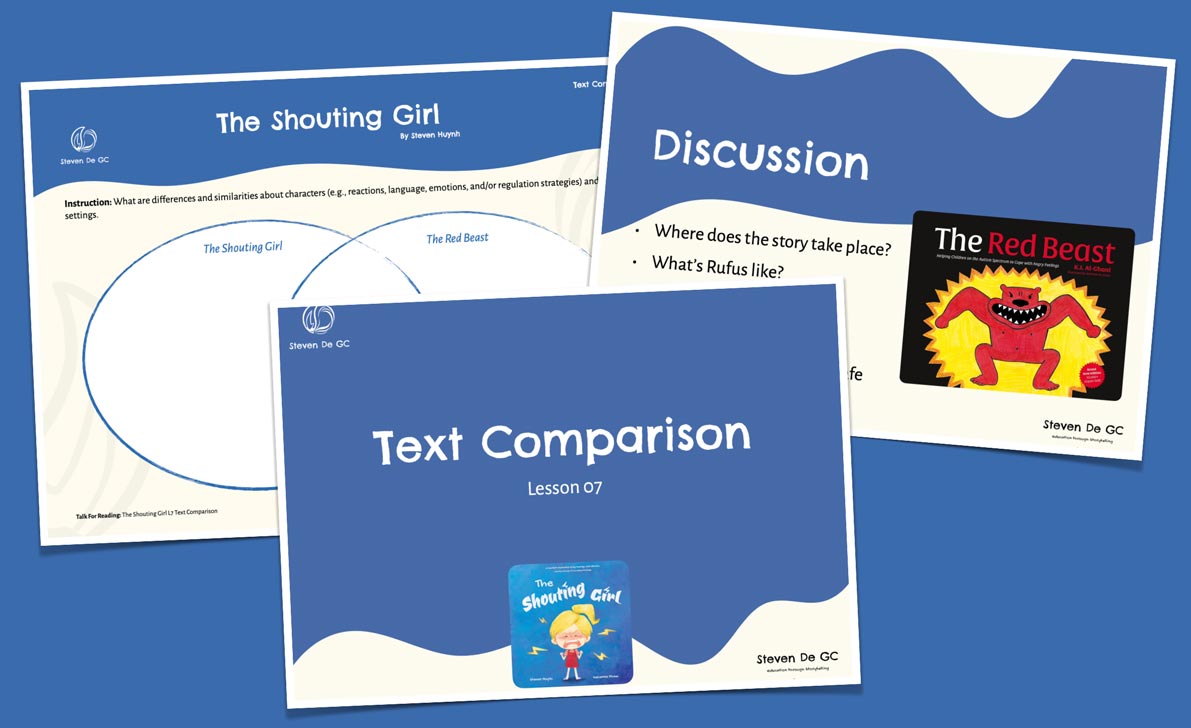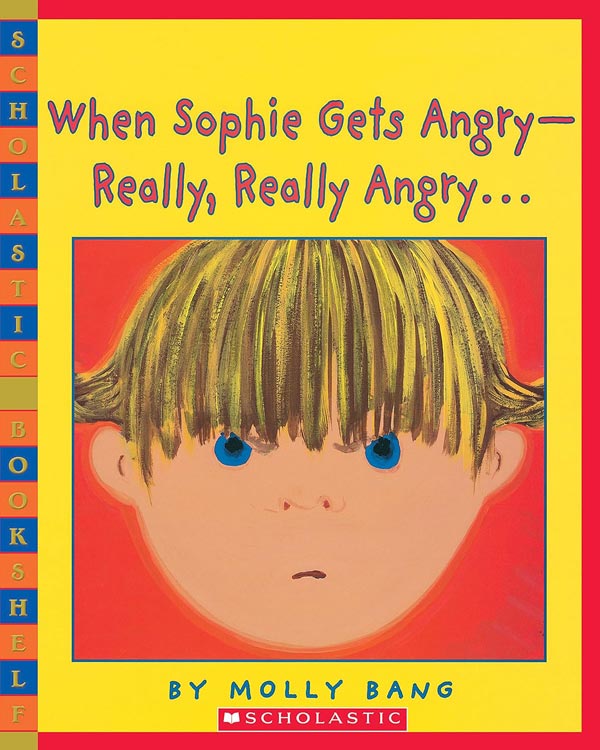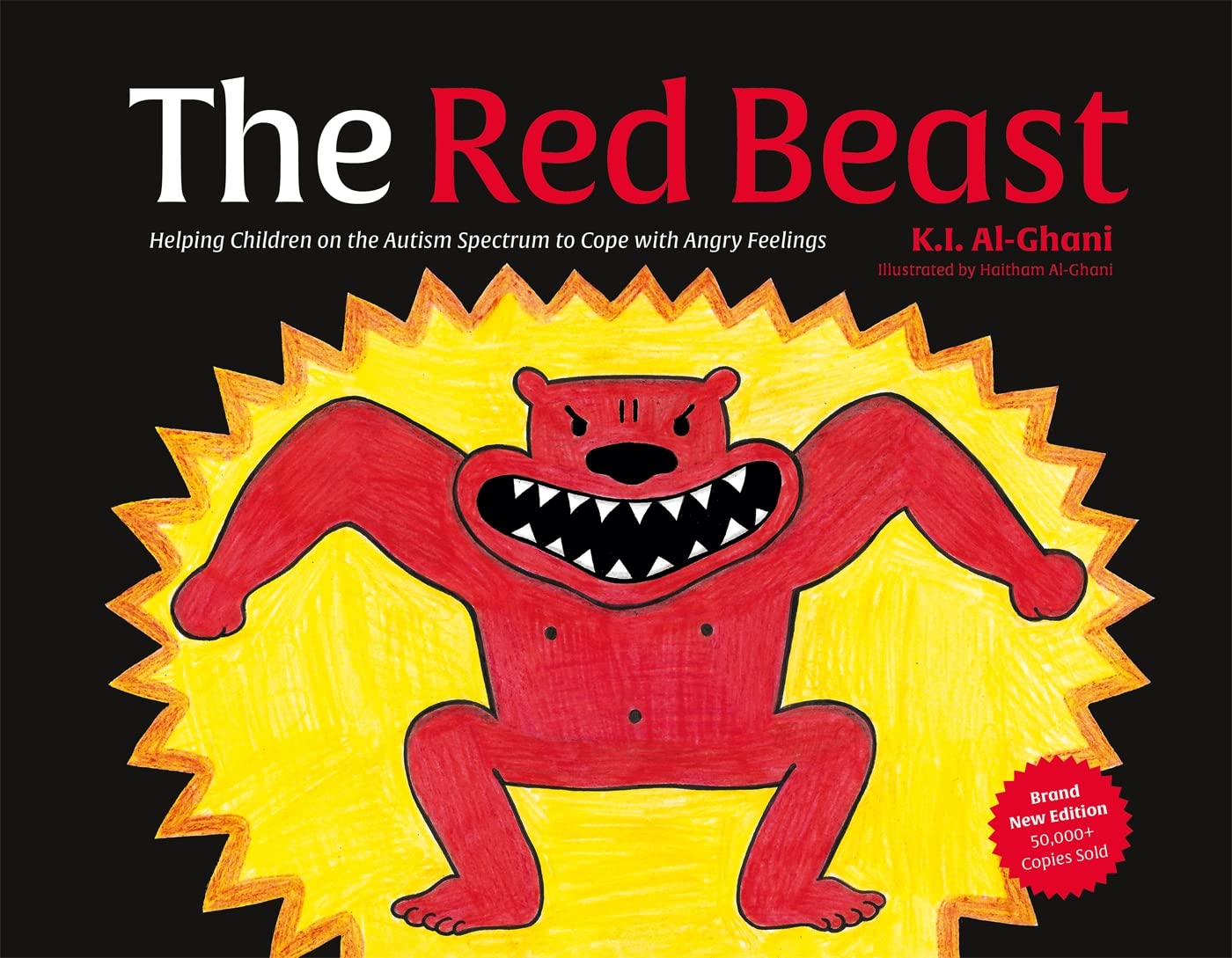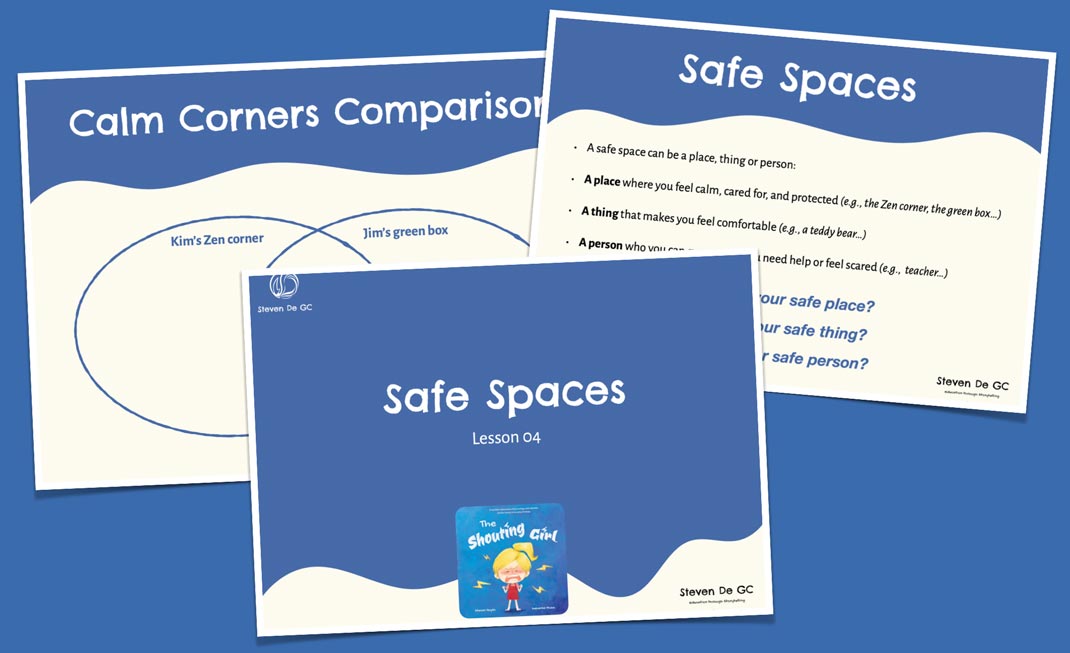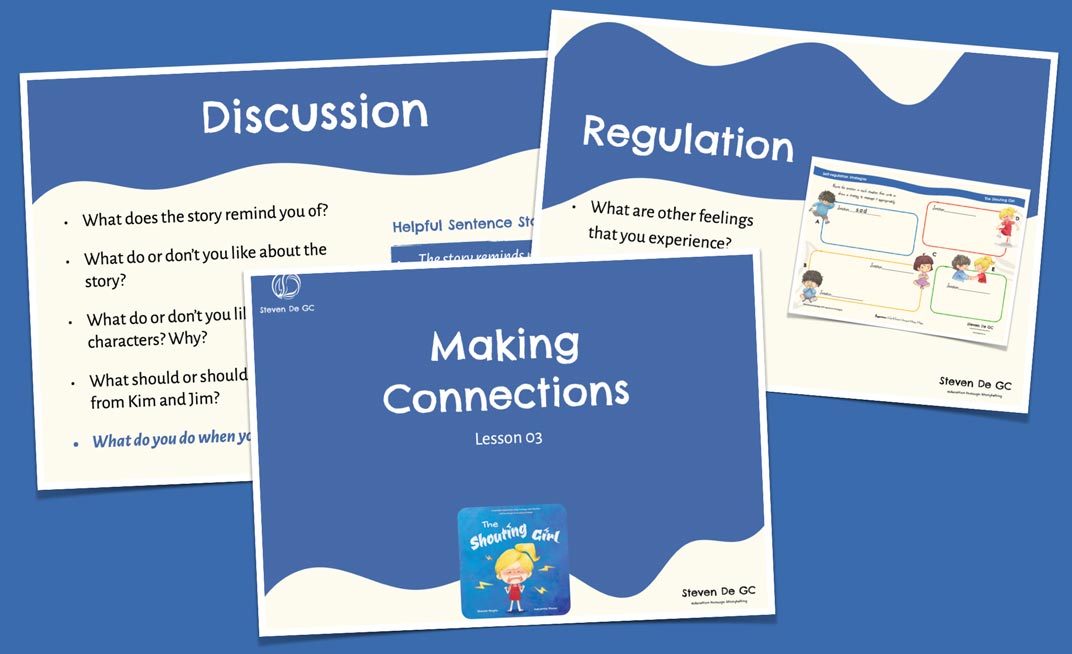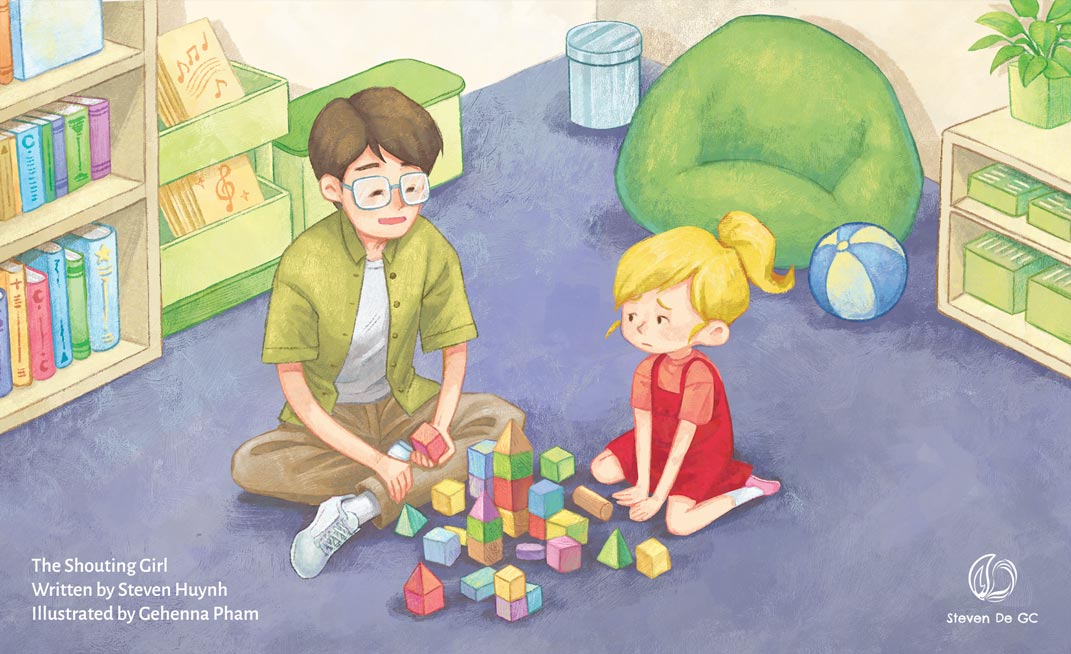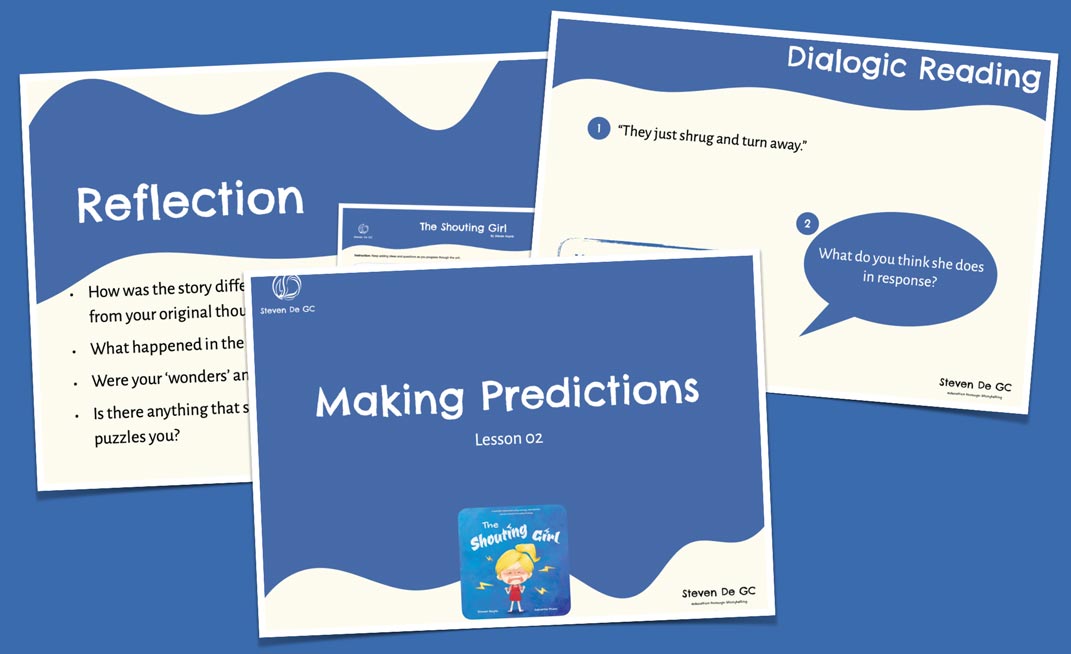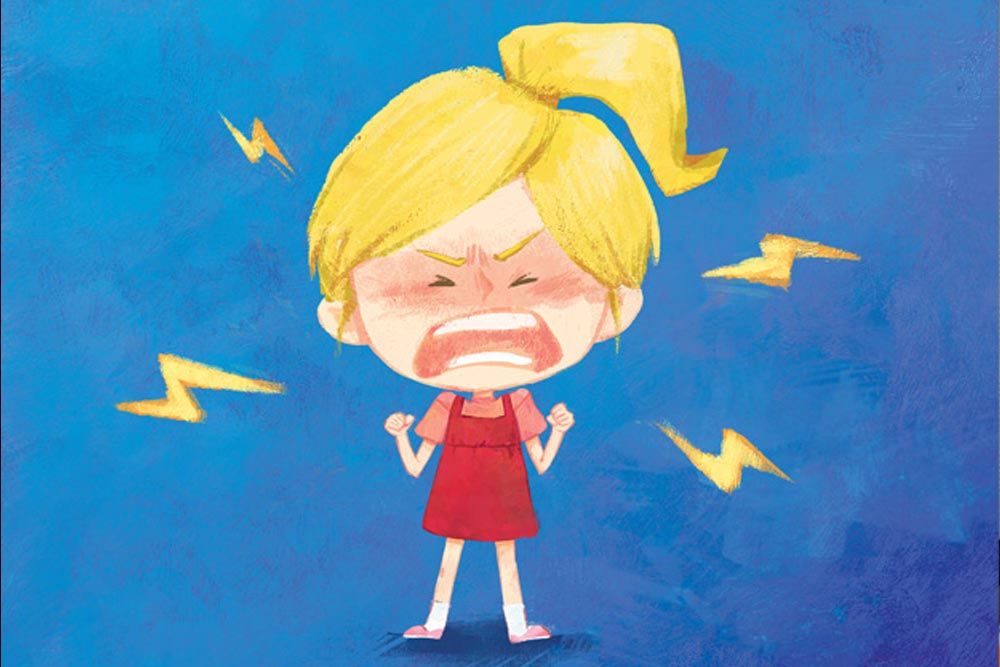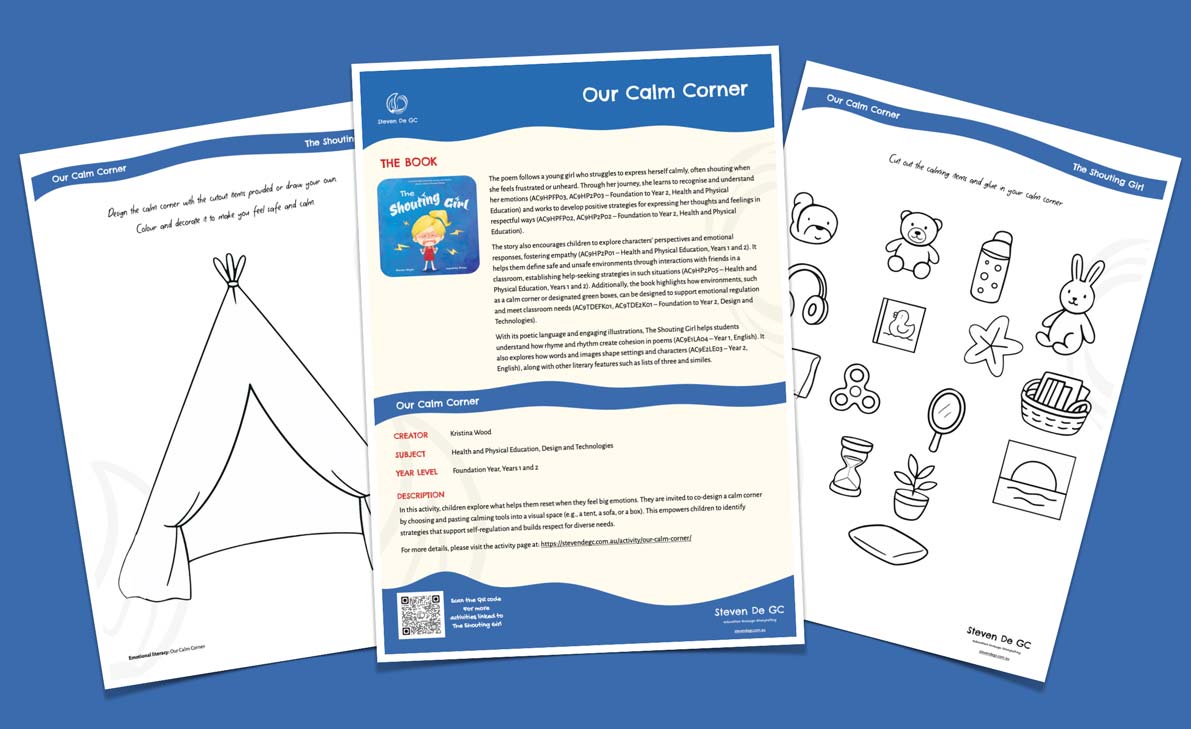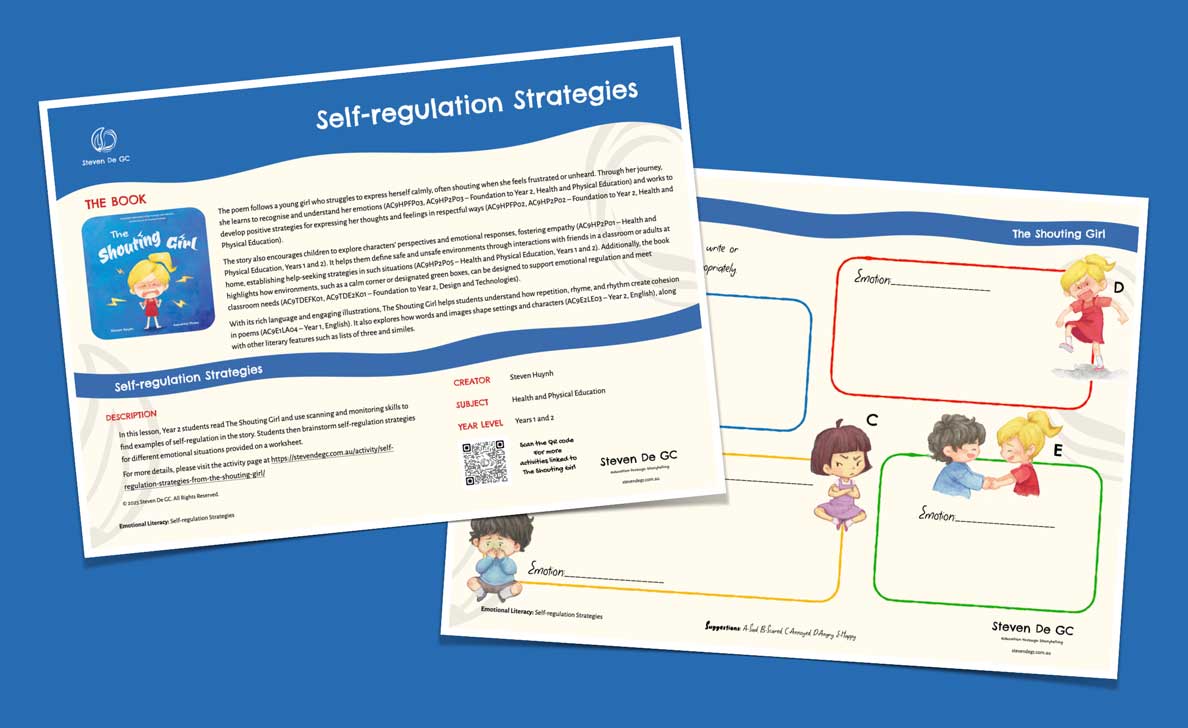Emotional regulation
- This section offers a range of books, activities, and articles that focus on helping children cope with big emotions, such as meltdowns, anger, and overwhelm. These resources introduce age-appropriate strategies for emotional regulation, including calming techniques, co-regulation, and self-awareness tools.
- If you’re looking for resources that help children recognise and name their emotions, please visit our dedicated Emotion Recognition section. Some materials may support both emotional regulation and emotion recognition, but this section is primarily focused on how children respond to and manage strong feelings.
- Most resources here align with the Australian Curriculum and are designed for Foundation (age 5), Year 1 (age 6), and Year 2 (age 7). They are offered as reference materials to support educators, parents, and carers in guiding children through emotional challenges with care and understanding.
-
Children’s Calm Corner: A Practical Guide for Parents and Teachers
Discover how to create and use a calm corner for children. Includes free printables and suggestions for your home or classroom.
-
How to Discuss Family Tension or Conflicts with Kids
Practical advice for parents to discuss family tension with children and support healthy conflict resolution at home.
-
[T4R] The Shouting Girl Reading/Health Unit for Year 2
📔 The Shouting Girl by Steven HuynhAC9E2LA02 (English Language and Literacy – Year 2) AC9E2LA08 (English Language and Literacy – Year 2) AC9E2LA09 (English Language and Literacy – Year 2) AC9E2LE02 (English Language and Literacy – Year 2) AC9E2LE03 (English Language and Literacy – Year 2) AC9E2LY02 (English Language and Literacy – Year 2) AC9E2LY05 (English Language and Literacy – Year 2) AC9E2LY07 (English Language and Literacy – Year 2) AC9HP2P02 (Health and Physical Education – Year 1, Year 2) AC9HP2P03 (Health and Physical Education – Year 1, Year 2) AC9HP2P04 (Health and Physical Education – Year 1, Year 2) AC9HP2P05 (Health and Physical Education – Year 1, Year 2) AC9TDE2P01 (Design and Technologies – Year 1, Year 2) -
The Shouting Girl: L7 Text Comparison
📔 The Shouting Girl by Steven Huynh• We are learning to compare texts with a similar topic and understand how different characters and settings help us learn about emotions.
-
When Sophie Gets Angry — Really, Really Angry
Written & illustrated by Molly Bang
Published by Scholastic Press
Theme/topic: Emotion recognition and Emotional regulation
The picture book explores the intense feelings that come with anger and how children can learn to manage them. When Sophie feels overwhelmed, her body reacts in strong and noticeable ways: her face gets hot, her fists clench, and she feels like exploding. This allows students to describe what anger looks and feels like physically (AC9HPFP03 – Foundation Year, Health and Physical Education), helping them recognise emotional cues in themselves and others.
As Sophie removes herself from the situation, takes time to cool down in nature, and eventually returns feeling calm, the story models simple and effective emotional regulation strategies (AC9HP2P03 – Years 1 and 2, Health and Physical Education). These moments provide powerful prompts for children to reflect on their own ways of calming down and regaining control during emotionally charged moments.
When Sophie Gets Angry — Really, Really Angry is a gentle yet impactful resource for developing emotional literacy, supporting children in identifying and managing their big emotions in healthy ways.
Taming Anger with The Red Beast
📔 The Red Beast by K.i. Al-Ghani• We are learning how to recognise and manage anger using strategies from a story
The Red Beast
Written by K.i. Al-Ghani
Illustrated by Haitham Al-Ghani
Published by Jessica Kingsley Publishers
Theme/topic: Emotion recognition and Emotional regulation
This powerful story helps children understand and manage anger through the metaphor of a ‘red beast’ that awakens when feelings become overwhelming. The book offers a safe and engaging way for students to explore what anger looks and feels like in the body (AC9HPFP03 – Foundation Year, Health and Physical Education), using clear language to describe both the emotional and physical signs of big feelings.
As the main character learns how to calm the red beast, readers are introduced to strategies for emotional regulation (AC9HP2P03 – Years 1 and 2, Health and Physical Education). The narrative also opens up conversations about how certain behaviours and language can cause hurt and harm to others (AC9HPFP02, AC9HP2P02 – Foundation to Year 2, Health and Physical Education). Through reflection and discussion, children are encouraged to build empathy and make respectful choices in how they express emotions.
The Red Beast is an essential resource for supporting social-emotional learning in early years classrooms, offering practical tools to help children recognise, name, and regulate big emotions in themselves and others.
The Shouting Girl: L4 Safe Spaces
📔 The Shouting Girl by Steven Huynh• We are exploring safe spaces in the text to understand how they help us regulate.
The Shouting Girl: L3 Making Connections
📔 The Shouting Girl by Steven Huynh• We are learning to make connections between the story and ourselves and make use of the regulation strategies from the text.
Children’s Big Feelings: Empathetic Ways to Respond Beyond ‘Calm Down’
Discover respectful strategies and positive calming tips to manage children’s big feelings. Learn how to foster emotional regulation in kids both at school and home.
The Shouting Girl: L2 Making Predictions
📔 The Shouting Girl by Steven Huynh• We are learning to make predictions about the text.
Understanding Why and How to Calm a Child’s Meltdown
Understand your child’s meltdown. Learn what triggers meltdowns and how to support them through big feelings.
Our Calm Corner
📔 The Shouting Girl by Steven Huynh• We are learning to identify tools and strategies that help us feel calm when we have big emotions.
Emotional Regulation Strategies with The Shouting Girl
📔 The Shouting Girl by Steven Huynh• We are learning to brainstorm emotional regulation strategies for different situations.
The Shouting Girl
Written by Steven Huynh
Illustrated by Gehenna Pham
Published by Steven De GC
Theme/topic: Emotion recognition, Emotional regulation, Inclusion, Recount, Rhyme, and Vocabulary expansion
The story follows a young girl who struggles to express herself calmly, often shouting when she feels frustrated or unheard. Through her journey, she learns to recognise and understand her emotions (AC9HPFP03, AC9HP2P03 – Foundation to Year 2, Health and Physical Education) and works to develop positive strategies for expressing her thoughts and feelings in respectful ways (AC9HPFP02, AC9HP2P02 – Foundation to Year 2, Health and Physical Education).
The story also encourages children to explore characters’ perspectives and emotional responses, fostering empathy (AC9HP2P01 – Health and Physical Education, Years 1 and 2). It helps them define safe and unsafe environments, such as calm corners, through interactions with friends in a classroom, establishing help-seeking strategies in such situations (AC9HP2P05 – Health and Physical Education, Years 1 and 2).
With its poetic language and engaging illustrations, The Shouting Girl helps students understand how rhyme and rhythm create cohesion in a text. It also explores how words and images shape settings and characters, along with other literary features such as lists of three and similes.
AC9E1LA04 (English Language and Literacy – Year 1) AC9E2LE03 (English Language and Literacy – Year 2) AC9E2LE04 (English Language and Literacy – Year 2) AC9HP2P01 (Health and Physical Education – Year 1, Year 2) AC9HP2P02 (Health and Physical Education – Year 1, Year 2) AC9HP2P03 (Health and Physical Education – Year 1, Year 2) AC9HP2P05 (Health and Physical Education – Year 1, Year 2) AC9HPFP02 (Health and Physical Education – Foundation) AC9HPFP03 (Health and Physical Education – Foundation)I Have Feelings
Written by Jana Hunter
Illustrated by Sue Porter
Published by Mondo Pub
Theme/topic: Emotion recognition and Emotional regulation
I Have Feelings by Jana Hunter is a sweet story that explores the wide range of emotions children experience. Through relatable scenarios and simple text, the book helps young readers recognise and understand their own feelings, such as happiness, sadness, and anger, and what triggers those feelings. This book serves as an excellent resource to support children in describing and express emotions they experience in an appropriate way (AC9HPFP03 – Foundation Year, Health and Physical Education).
With its vibrant illustrations and engaging narrative, I Have Feelings encourages children to express their emotions in a healthy and constructive way. It provides a perfect opportunity to discuss emotional literacy, social skills, and respectful interactions with peers.


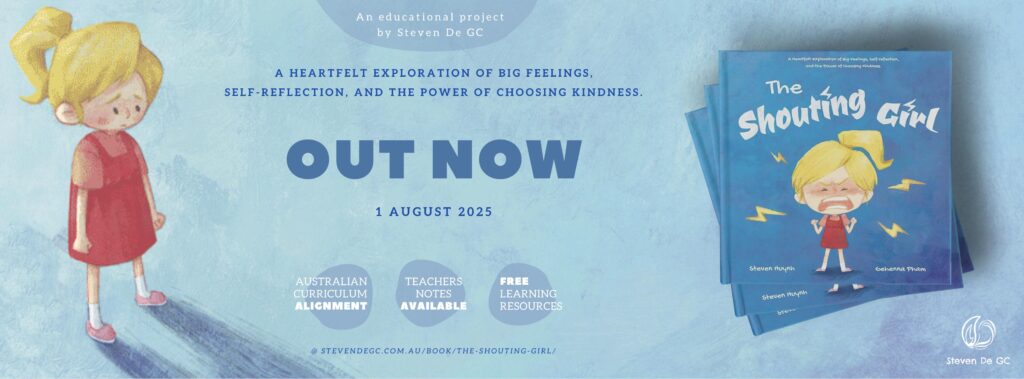
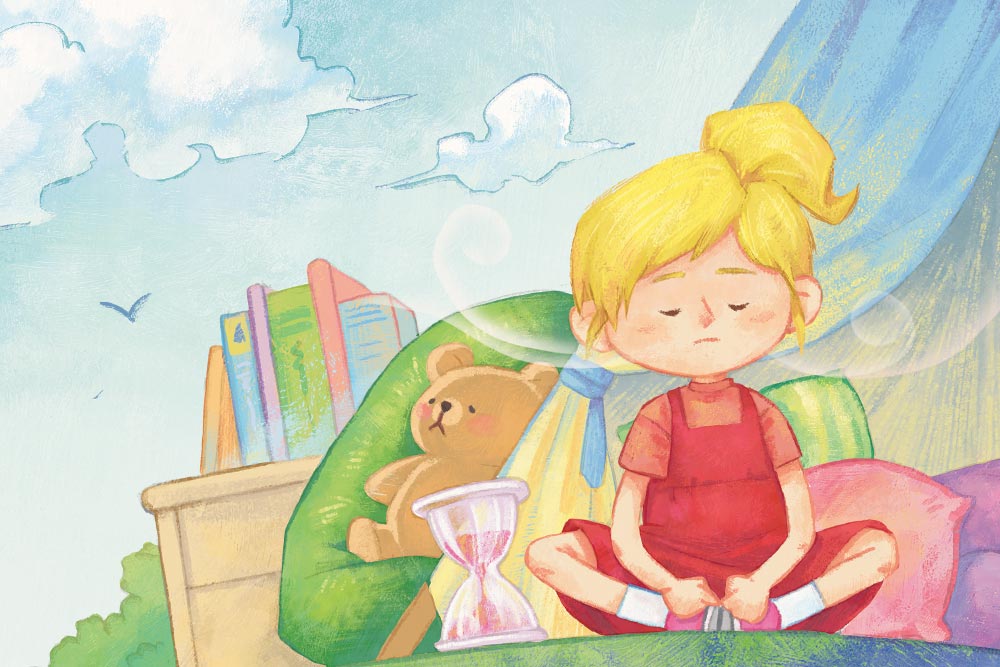

![[T4R] The Shouting Girl Reading/Health Unit for Year 2](https://stevendegc.com.au/wp-content/uploads/2025/07/T4R-TheShoutingGirl-UnitOverview-Cover.jpg)
